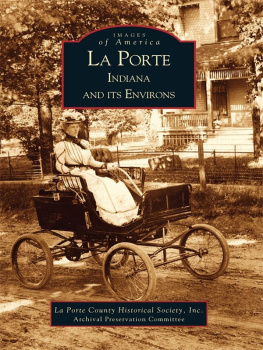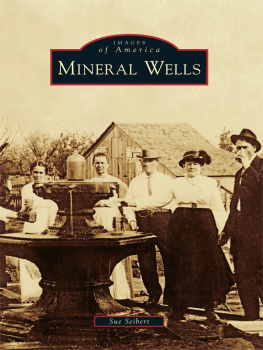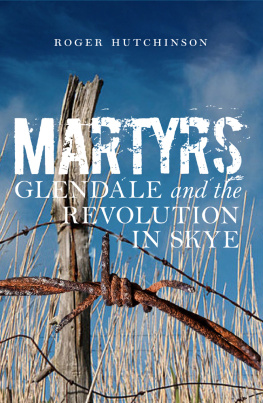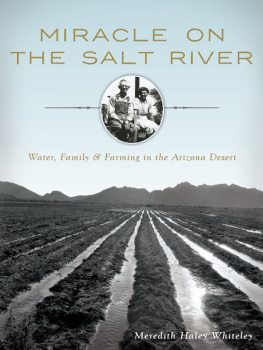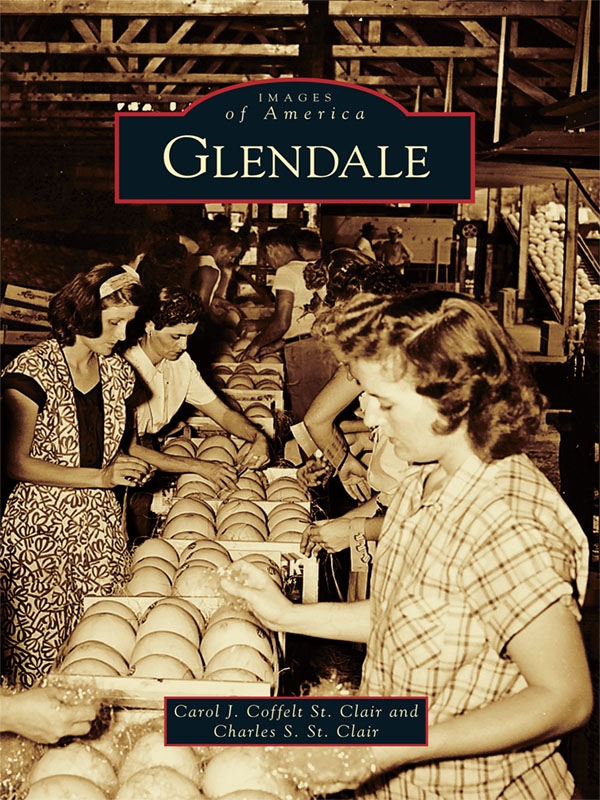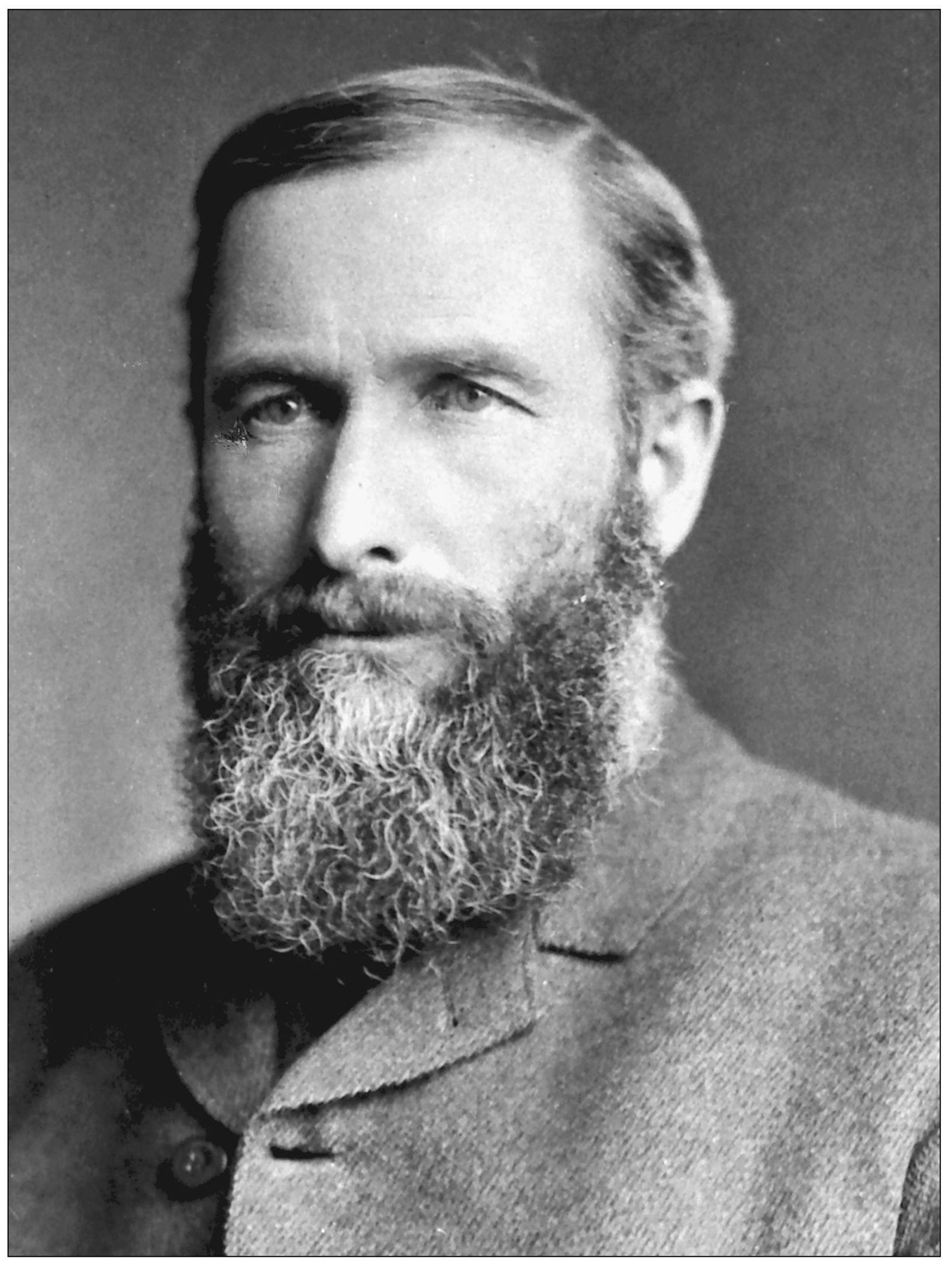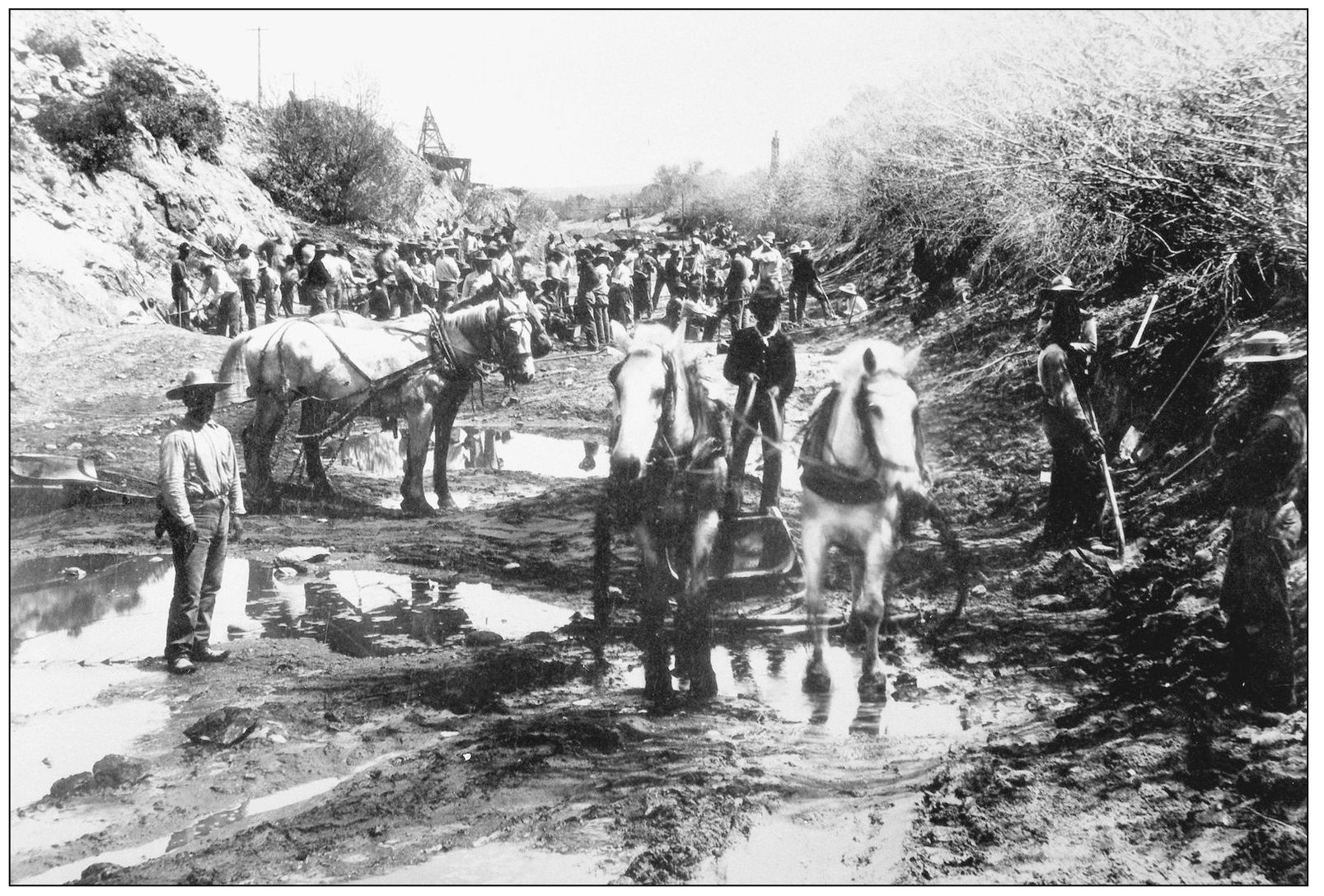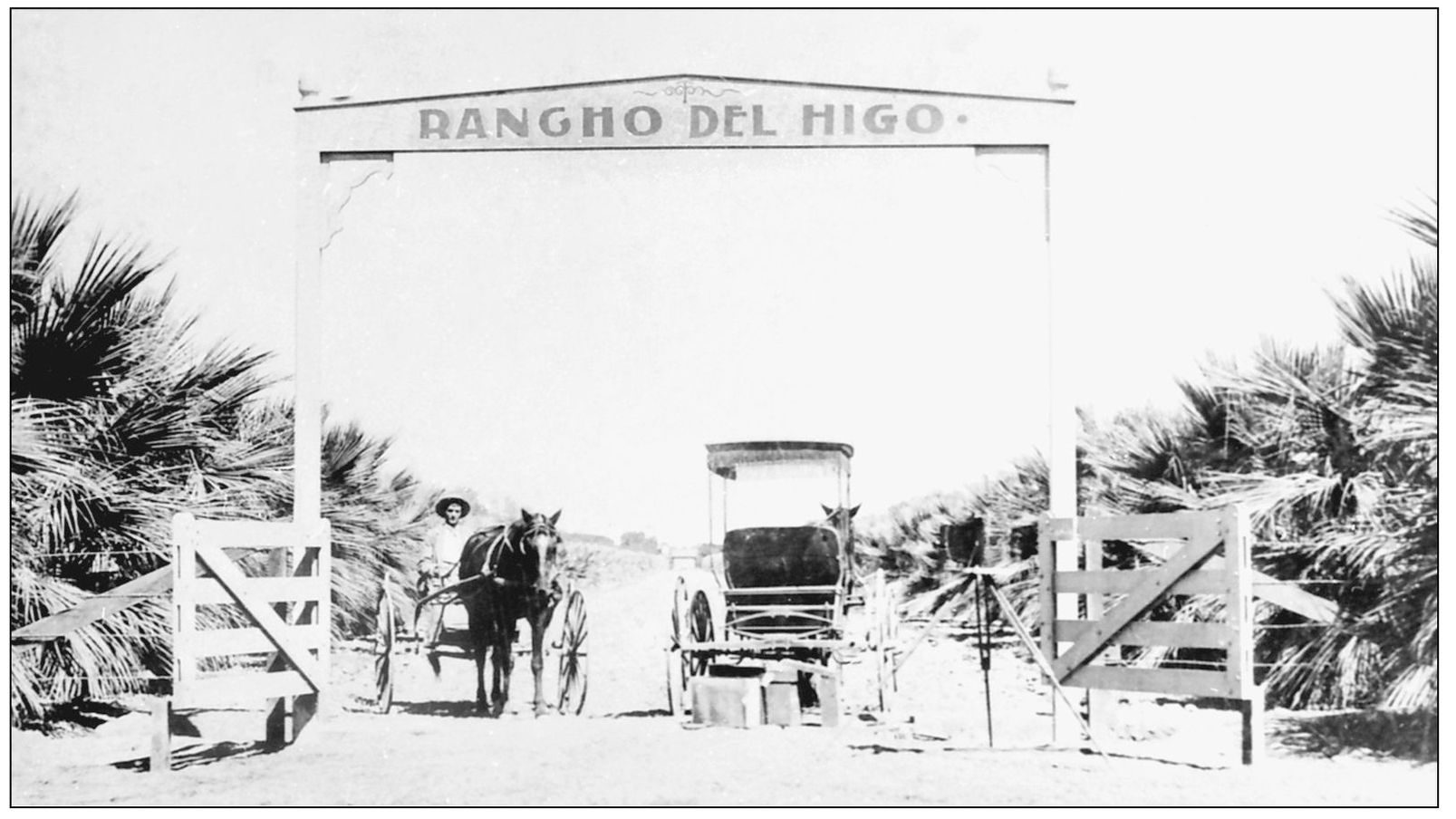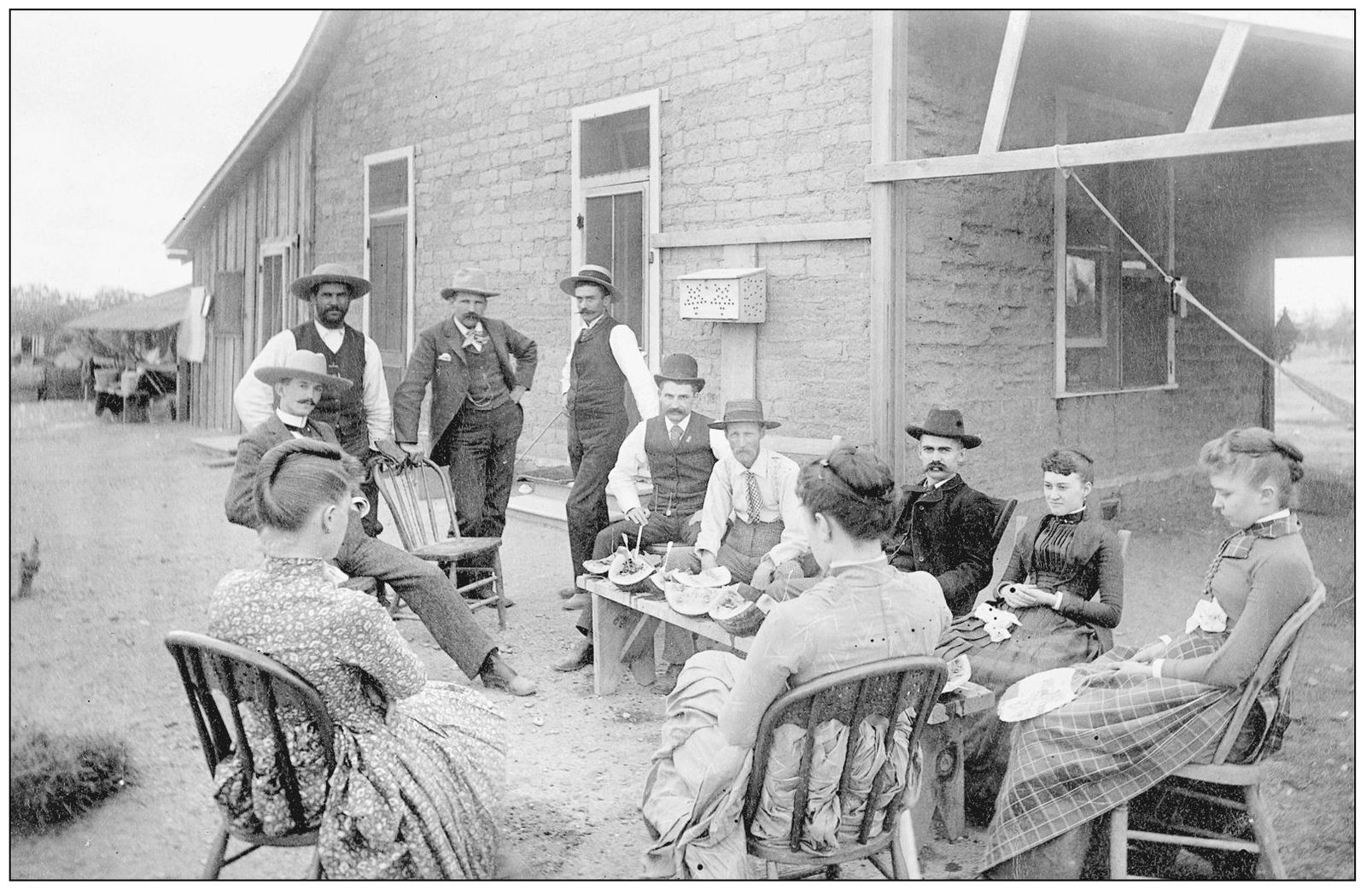The story of Glendale as told in this volume is one of change, growth, and development. Changes in the community from one day to the next are almost imperceptible. There is a sameness from day to day and from year to year. However, viewed over a 10-year or 20-year period, change may seem dramatic. Change is a slow, evolutionary process of building on the past. This brief story of Glendales past should provide windows to understanding how Glendale developed from a small farming community to become what it is today, a large metropolitan city.
One
THE EARLY YEARS
The story of Glendale begins with construction of the Arizona Canal, started in 1883 and completed in 1885, and the distribution system to move water from the canal south to the farms and ranches of landholders who were entitled to water. Twenty feeder canals, called laterals, spaced a mile apart across the Valley, were dug to carry water from the Arizona Canal. Before this water distribution system was constructed, the Glendale area was mostly uninhabited desert. The early success of Sahuaro Ranch and other large ranches in the Glendale area that used irrigation farming did much to bolster the claims of land speculators that the Valley could become an agricultural paradise. In 1895, however, a flood washed out the headgates of the canal, making it impossible to regulate the flow of water into the canal. It took many months to repair the damage, but before repairs were completed, a three-year drought hit the Valley starting in 1897. The unpredictable flow of water in the canal left many ranches with dying crops and orchards. Some of the earliest Brethren settlers left for greener pastures in California, but other farmers replaced them. Surmounting the difficulties of desert living, most Glendale residents remained in their growing, developing town.
By 1895, Glendale counted 300 residents in town and there was a new two-story brick grammar school for the communitys 50 pupils. The Santa Fe, Prescott, and Phoenix Railway was laying track through town parallel to Grand Avenue, the road built in 1888 to connect Northwest Valley communities to Phoenix. The Brethren, Methodist, and Catholic churches were organized, and others would follow. By the early 1900s, the town had a library, a womans club (the Self Culture Club), a lumber and hardware business, and several agricultural support businesses such as warehouses, a shipping depot, and a sugar-processing plant. Perhaps the largest operation in town was the sugar beet processing plant (locally known as the Sugar Beet Factory) built by the Eastern Sugar Company in 1906 at a cost of $1 million. At the time it was built, the factory was described as the greatest single industrial enterprise in the Valley. Many enthusiastically dubbed Glendale Sugar City.
William J. Murphy undertook construction of the Arizona Canal in 1883 without knowing the extent of the formidable engineering and financing problems he would encounter. Nevertheless, in May 1885, with the job finished, he watched the first water flowing through the canal. In 1888, Murphy built Grand Avenue on a straight diagonal from Phoenix to Peoria, Arizona. It passed through the area about to become the town of Glendale and provided an important transportation link for all of the northwest Salt River Valley.
Because of the growth of weeds and tree roots in and along the Arizona Canal and its laterals, it was a never-ending job to clean the canals so water would flow freely to the irrigated fields. Crews were hired to regularly clean out the ditches and canals. Following heavy rains, repairs would be necessary. During World War II, German prisoners of war held at Papago Park in Phoenix were used to clean the laterals in Glendale and other West Valley towns.
One of the earliest agricultural operations in the Glendale area was Samuel Bartletts 640-acre Rancho del Higo. Like his brothers Sahuaro Ranch nearby, Sams Rancho del Higo was hailed as proof of the success of irrigation farming in the Salt River Valley. Although the ranch is gone, some of the palm trees that were at the entrance are still standing at Forty-seventh and Northern Avenues.
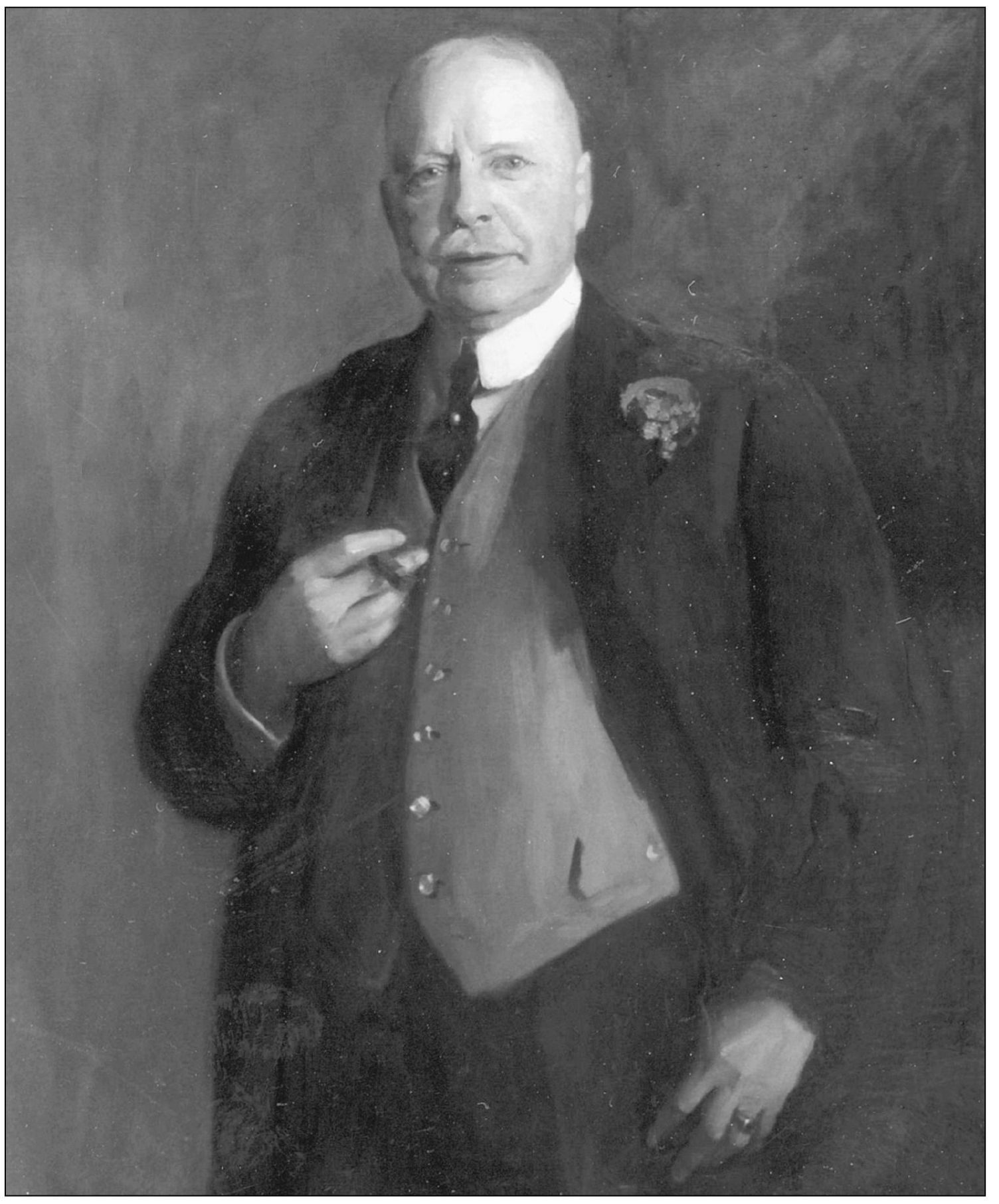
William Henry Bartlett was born in Peoria, Illinois, in 1850. He was the son of a prominent merchant and descended from a distinguished New Hampshire family. After graduating from Dartmouth College in 1871, he joined his brother Samuels grain commission business in Peoria and was instrumental in its growth into a large successful operation with offices in half a dozen Midwest cities. In 1875, he married Mary Wentworth Campbell, and they had three children. Bartletts interest in the Salt River Valley was kindled by land promoters visiting in the Midwest. In the 1880s, he acquired the section of land that he christened Sahuaro Ranch. Managing it from Illinois through a trusted foreman, Bartlett developed a substantial farming and ranching operation. In the summer of 1898, he considered moving permanently to his rustic ranch in Arizona. Instead he settled in northeastern New Mexico where he developed Vermeijo Park Ranch. Bartlett retired from the hustle and bustle of the commodities business in 1912. He sold Sahuaro Ranch in 1913. For the rest of his life, he devoted his time to his New Mexico ranch. He died in December 1918.
Next to the two-room adobe house at Sahuaro Ranch in the late 1880s, visitors enjoy a feast of freshly picked melons in the above image. Although the guests are unidentified, it is likely that one of the men has land for sale. Sahuaro Ranch was a prime excursion destination for potential land investors. William J. Murphy and other developers would show off the ranch and its bounty in hopes of making a sale to the visitors. Today restored Sahuaro Ranch retains much of its turn-of-the-century charm on the 17 acres of the original ranch that were converted into a historical area park. On the left in the image below are the 1930 garage, the 1898 bedroom addition, and the 18921895 main house (the adobe house is left of the garage, not pictured).


